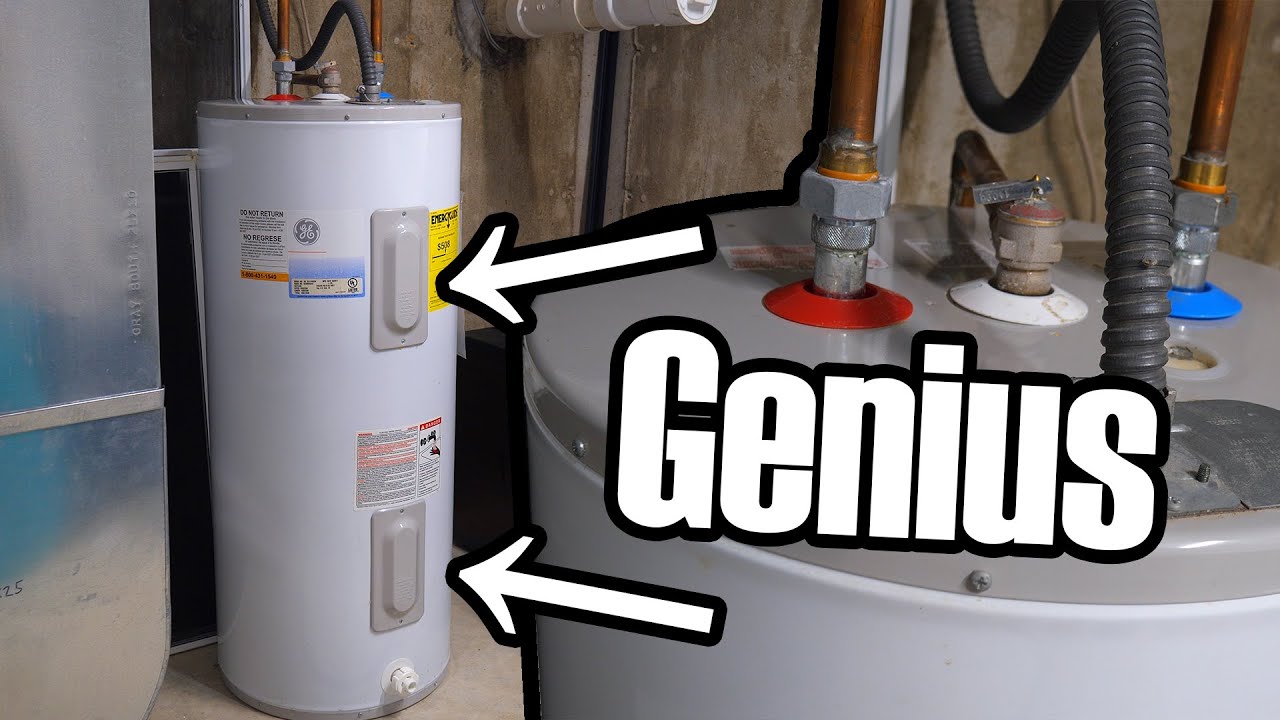And that doesn’t even include their capability for rocket propulsion!
I hate electric water heaters. I have twin 50 gallon gas water heaters plumbed in series. (With 5-valve bypass/isolation kit and unions for easy service.) I haven’t measured it, but a single shower never runs out of hot water. Without spending a fortune on a fancy on-demand heater (about 4x $$).
This is a good book on maintaining your water heater and making it a last a lot longer, I have an earlier version. My last few propane water heaters have been replaced when I got tired of fixing the controls, not because the tank springs a leak. Propane water heaters (not sure about natural gas) have added “features” to detect leaking gas and keeping them from exploding, but the early versions were problematic and expensive to repair. Waiting to see how the current heater holds up.
HeatingHelp.com is a great site for information about hot water and steam heat. The Mooselake Manor has a 6 zone primary/secondary (don’t let an engineer design his own heating system) with propane and outdoor wood boilers, mix of baseboard and heated floors, an outdoor reset control, and homebuilt relay control system. The sidearm on the water header was disconnected when the outdoor boiler was drained and filled with nitrogen since it’s hard to fire it twice a day from 2000 miles away. A moderate collection of Dan Holohan’s books and questions on their forum have made the heating system work as well as it does, including unattended all winter these days.
When the outdoor boiler was going the temperature in the hot water heater was around 70C/160F (no legionnaire’s disease), one of these kept it from peeling off skin.
It’s not zero maintenance, while the wax cartridge that controls the mix should last essentially forever there’s a small brass pin that pushes on the valve assembly, and with our well water it’s prone to a slow buildup of corrosion and scale that keeps the valve on the colder side.
A small tangent: I recently discovered clever instant hot water recirculating pumps. These are installed below sinks in parallel with the faucet supplies and slowly, thermostatically pump water from the hot supply into the cold, so as to always have hot water near the faucet, with no waiting. I didn’t purchase it for that purpose, however. The supply pipes to my master bath, ‘cleverly’ run up an outside wall to an 18 inch cantilevered second floor plate (of course, on the north face of my house for good measure). The result is that these pipes freeze whenever the temperature remains below 10 degrees F for more than 12 hours or so. They are inaccessible.
The cost to expose them for insulation and or heating would be significant. I looked into internal (like endoscopic) heating devices, which also exist, but are costly. A plumber kindly told me about this device, which is a DIY. Cost: about $170 and an hour of my time. It does the trick, but I only plan to use it in the winter. It runs, delightfully, near silent.
It uses a modest amount to electricity to run the pump water (it does not heat water, just moves it). The added cost goes to continuously warm the hot water supply pipe and its environs from the gas hot water heater; part of this is recouped by returning warm water via the cold supply line (and heating the house to a small degree).
There are also models that install on the water heater, with one way valves at the extreme faucets. This may work better if you have several runs from the heater to the taps.
My preference is to run another pipe back to the water heater through our trussed attic, as I’m somewhat skeptical about pushing aluminum tainted (from the heater’s anode rod, although they can be replaced with magnesium) water back into the cold water lines. This house is L shaped with quite long legs, and while freezing isn’t an issue (it last froze here somewhere around the 1920s iirc) it takes several minutes of running the hot water tap (they apparently call that “testing”) to get hot water. If you have access to the plumbing (not going to help inside those walls, although maybe you could drill some small holes and used closed cell spray foam) insulating the hot water lines will keep idle water hotter. In colder climes also insulating the cold lines (with water resistant foam) will stop most condensation in the summer. Of course I’ve been saying I should do this for around 5 years now…

